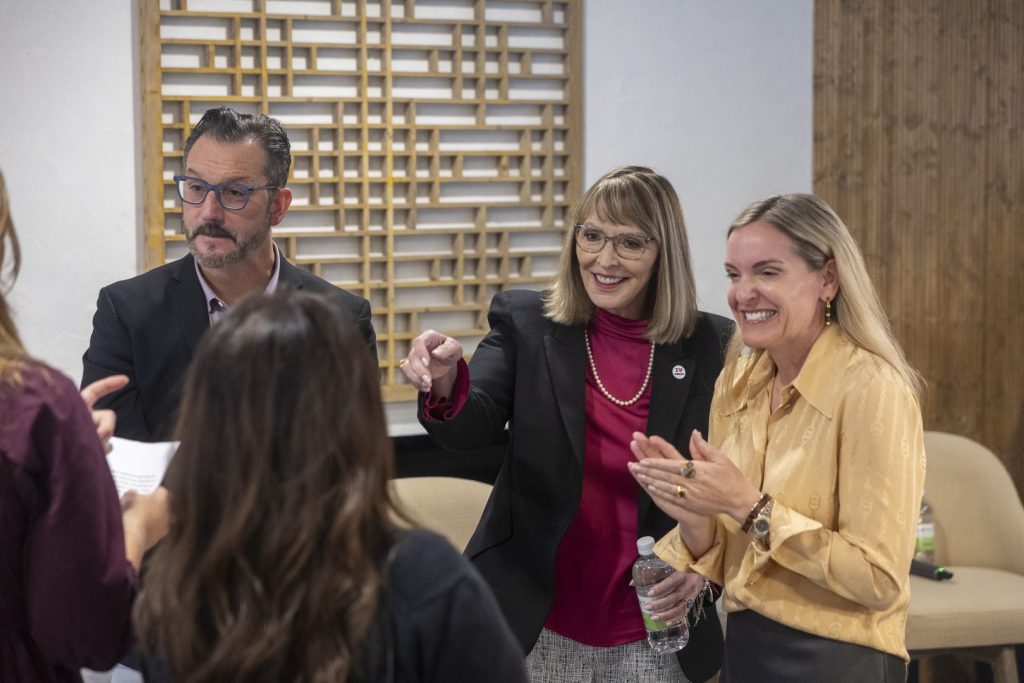Be they followers or fans, the internet is crawling with interior design enthusiasts. Some like to scroll through sites like Pinterest and Instagram to feast on the eye candy and scope out the latest trends. Others subscribe to interior design online communities and forums where they can interact with designers and like-minded enthusiasts. Most of them will never actually hire an interior designer. But, they can be a boost to your business nonetheless.
The power of the crowd
As any TikTok influencer or performer can attest, there is power in numbers. Of the potentially hundreds of thousands or perhaps even millions of netizens who may be checking out photos of your design projects or following you on social media, few may ever contact you directly. However, their clicks, their Likes, and links or retweets can amplify your online presence many times over. They can spread the word about you and introduce you to other enthusiasts. Or maybe even land your name in the feed of someone looking for exactly what you offer.
In addition to raising your profile, followers and enthusiasts can help bump up your ranking on major search engines like Google or Bing. That makes you easier to find for those prospective clients who are actually interested in hiring an interior designer.
Showing vs. showing up
Nearly every designer these days has some kind of online presence. Platforms like Facebook, Pinterest, Instagram, and Houzz make it relatively easy for professionals to share their designs. Getting involved in interior design online communities, though, is not about displaying your design talents, but rather about engaging with design enthusiasts, DIYers and the just plain curious.
It requires taking the time to share information and recommendations, answer questions, and thank followers for their support. You are looking to build relationships and establish yourself as a knowledgeable, reliable resource. Ask yourself – would you want to be friends with someone who only bragged about their life, or would you rather befriend a mentor who shared their knowledge and helped you grow? The answer is likely obvious, and you should be that source of knowledge.
Unlike online marketing or social networking, the purpose behind participating in online communities is not to attract new clients or client leads, although that could happen. Rather, it can be an effective means of raising awareness, elevating your profile, enhancing your credibility, reinforcing your brand, and forging new connections. Like a blog or social media feed, it provides an opportunity to express the personality that lies behind the pictures.
Look for a good fit
Interior design online communities come in many varieties. Some are local, some national and some international. Some are operated by communications or tech professionals, while others are created by individuals or a group of individuals. Likewise, some online communities focus on one topic or subject, whereas others may host a wide range of forums on various topics or subjects. They can also range widely according to the age and demographic profile of the participants. We recently wrote about focusing on what works, not on what doesn’t. And that applies to online platforms as well. If a platform isn’t a good fit, don’t be compelled to use it.
Once you’ve decided why and how you want to participate in one or more online communities, do some research to select ones that are a good fit for you. Also check to see how active the community is. Online communities can quickly lose momentum if most users are passive, relying on others to post content and respond to queries. Weight whether you want to jump into an active interior design online community, or spend the effort to revive an inactive one.
Interior Design Online Communities of interest
If you are interested in exploring the potential of online communities, you might want to start with some of the more established forums. Houzz operates a Home Decorating & Design Discussions forum on its website. You can also find design-related forums on Facebook (through pages or groups), and X (formerly Twitter).
Reddit, which hosts thousands of communities (called subreddits) on a wide range of topics, includes plenty related to interior design and home decorating. In particular, you might want to check out RoomPorn (don’t be put off by the name) which is the largest and most visited interior design online community, as well as the Interior Design subreddit, which is more focused on the technical side than just sharing nice pictures.
Another option is to start your own online forum or community. That involves a bigger commitment of time and energy. Check out this resource from HubSpot about how to launch an online community if you’re interested in trying this. The guide explains what is involved and how to get started.
Finally, aside from communities and forums for enthusiasts, most design professional organizations operate member forums where you can engage with a community of your peers. Consider becoming a member of an organization like ASID to connect with other designers. Some design trade media and manufacturers also host communities or forums on their websites. They can be a great place to share ideas, submit product suggestions, and get support from others who understand your business.
